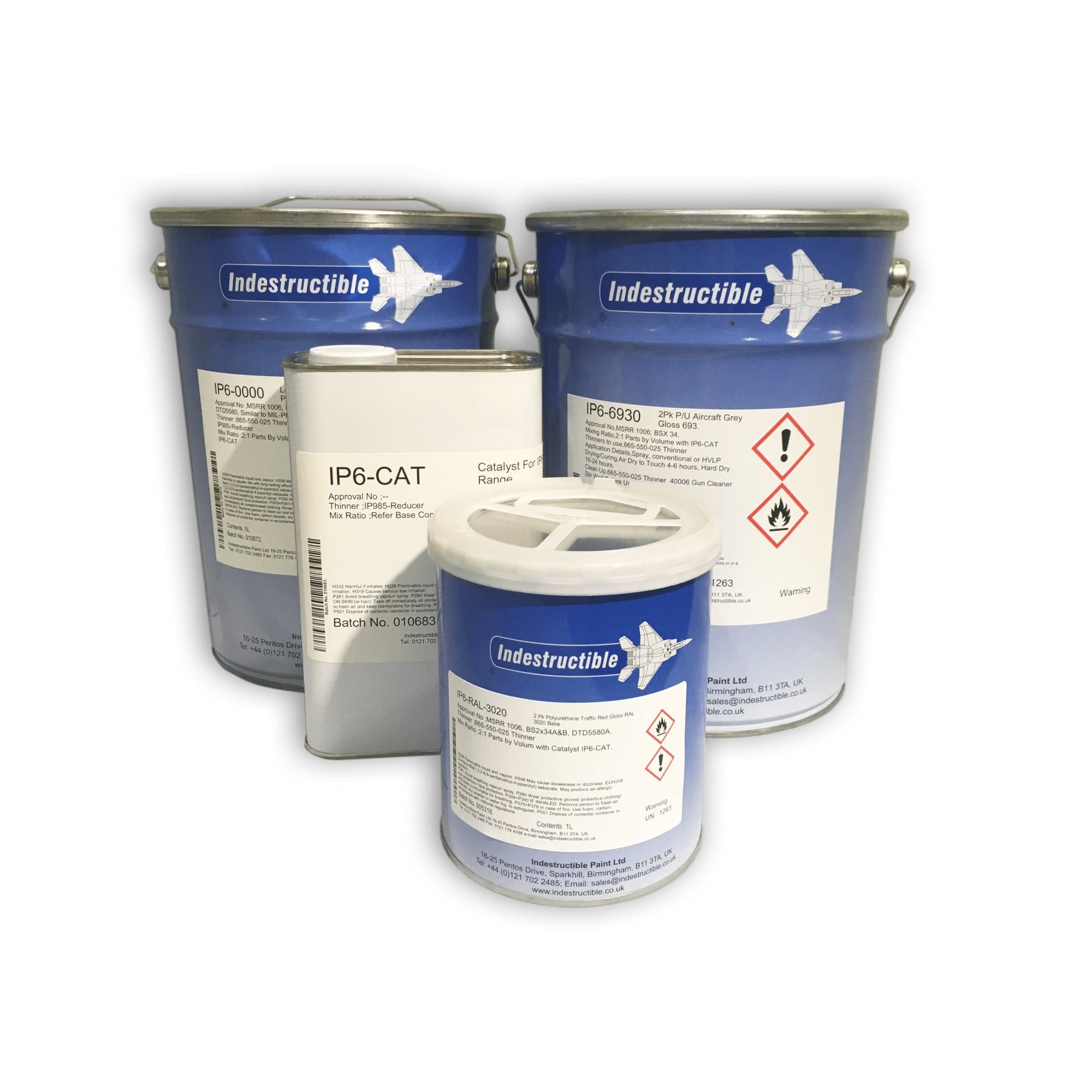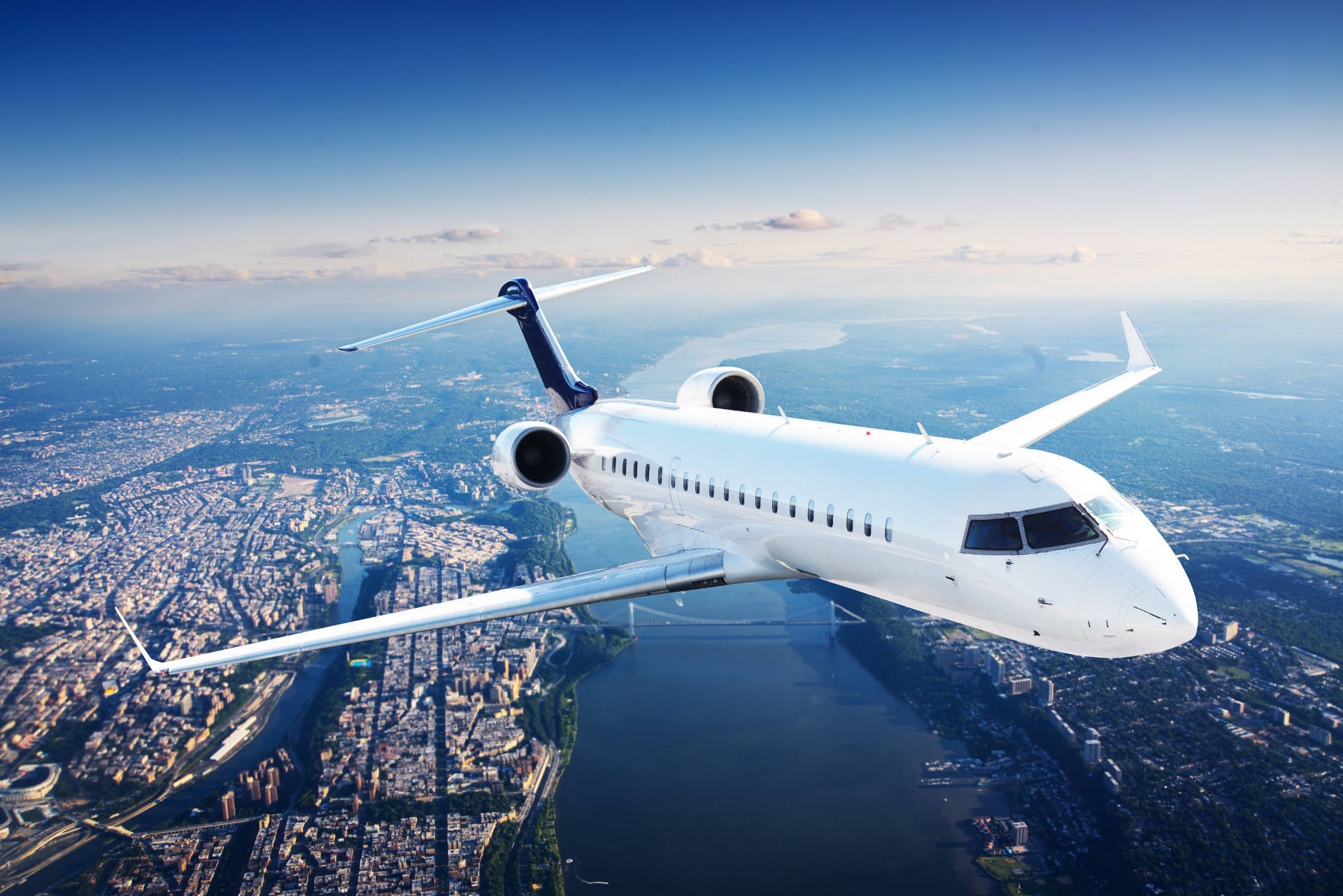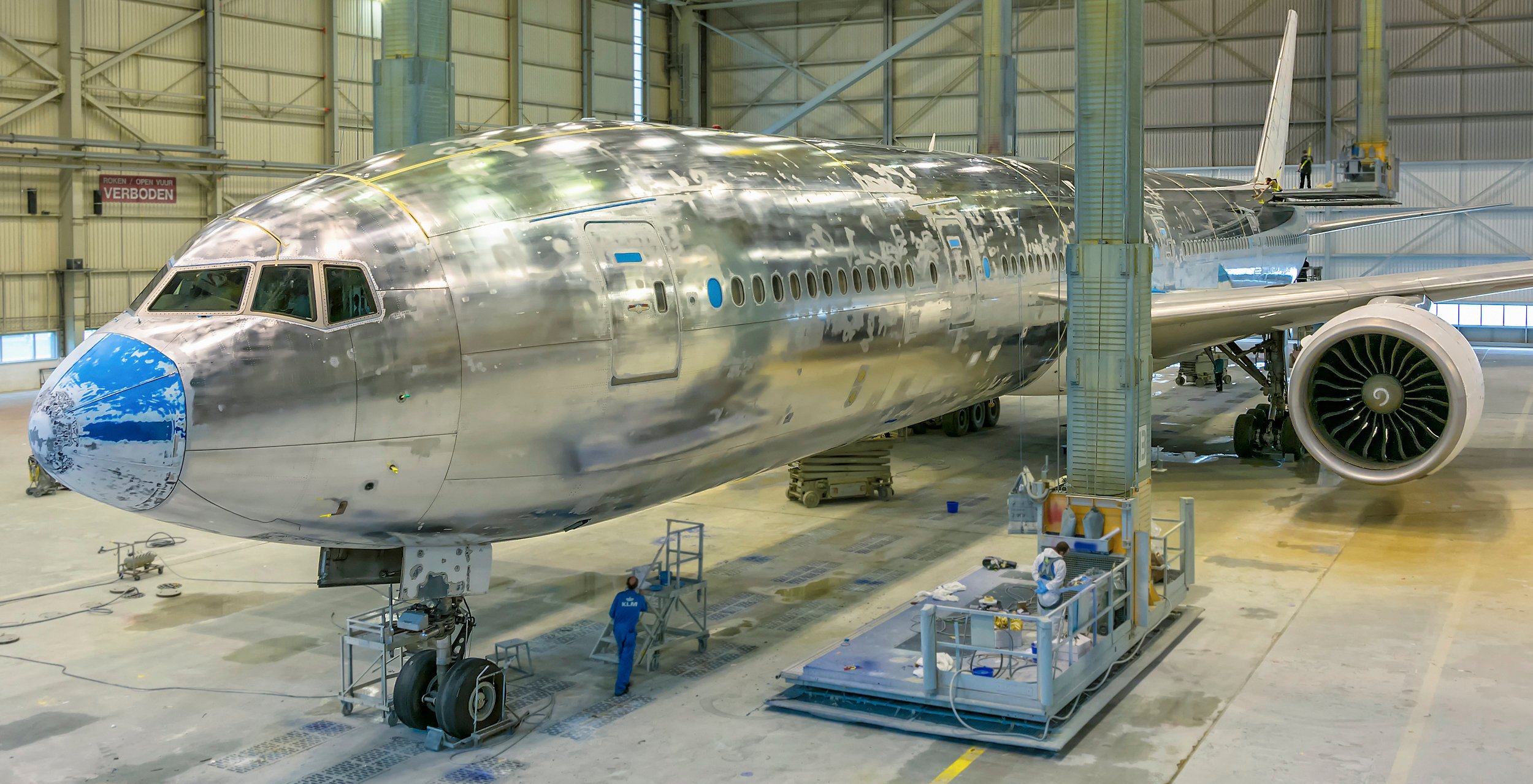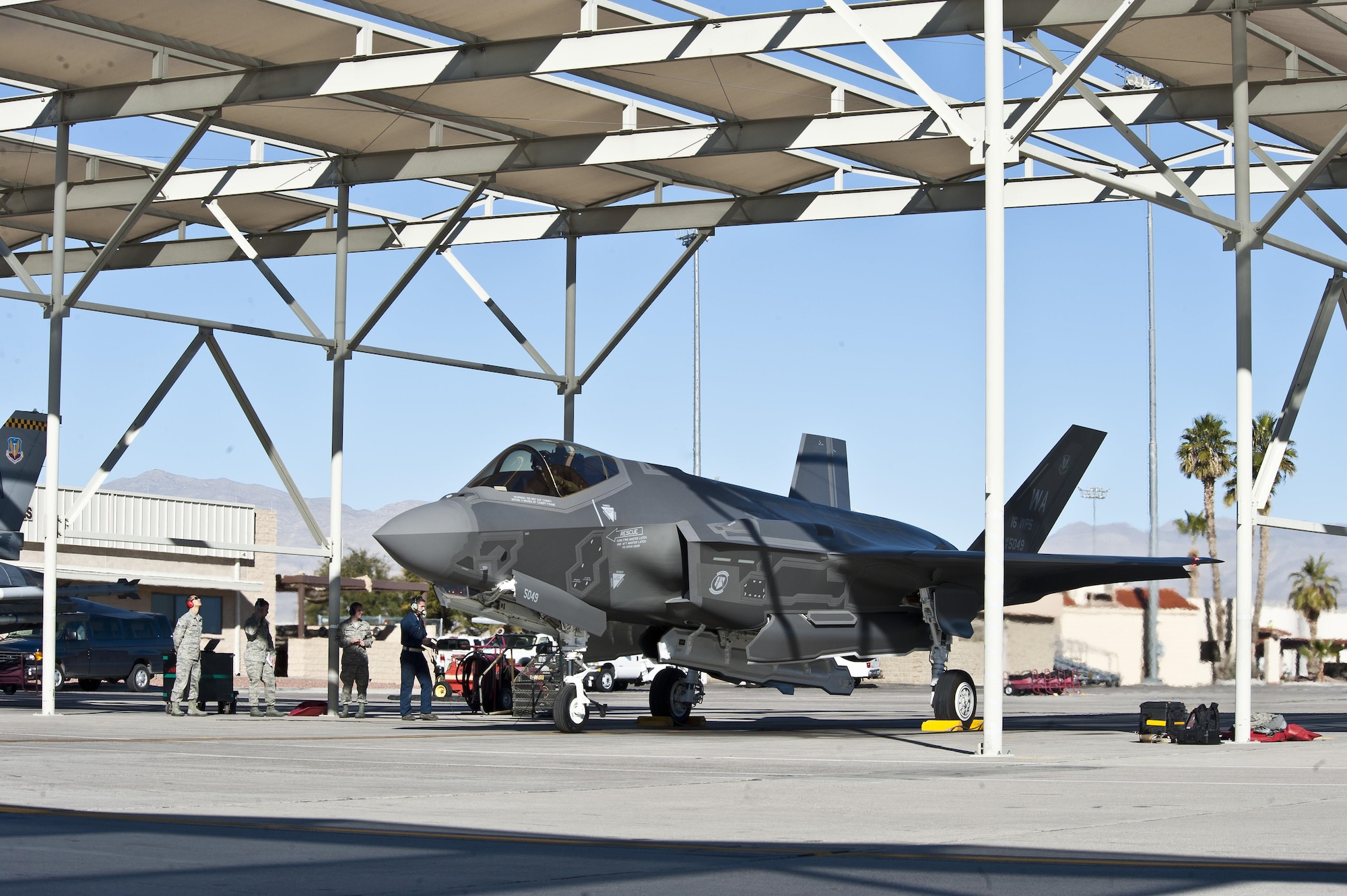Polyurethane Aircraft Paint - The waterborne coating, formulated as the FED-STD-595 colors 36375 and 35237 gave contrast ratios > 0.99 (requirement: not < 0.95) at a DFT of 50 µm. The L* values measured over the black and white areas of the backing card were identical to each other within the uncertainties of the L* measurements of the coating color (± 0.03).
One of the major issues for the RAAF is the effect of the severe climate conditions in Australia. There is a major emphasis to ensure that topcoat coatings that are not durable enough will not be accepted for use. None of the other results required by MIL-PRF-85285E testing is worthwhile if a product does not have good exterior performance. It is for this reason that the current study has ignored laboratory weather testing in favor of exterior exposure testing for several years. These studies are ongoing7 and will include verification of the latest waterborne topcoat coatings against the best performing Type IV topcoats.
Polyurethane Aircraft Paint

Although the different products had measurably different color to start with, it is not expected that these differences would have significant impact on the other properties measured in this work. The minor adjustments needed to obtain good color matches are not expected to change the results from working properties such as chemical resistance, flexibility, adhesion to primer, or exterior chalking.
Product Description
VOC data and emissions are presented in Table 3. The waterborne RTS composition contains a maximum of 100 g/L of organic volatiles. After removing the water and exempt volatiles from the calculation, as per equation (4), the waterborne mixture gives a VOC of 180 g/L. VOCs for the solvent-based topcoats were calculated from measurements of wt% and density using equation (5). As none of the topcoat mixtures A, B, or C contain exempt volatile compounds, the results corresponding to equations (3) and (4) are identical. Topcoat A gave a VOC of 560 g/L as expected for a CS topcoat, while the two HS topcoats gave VOCs conforming to the requirements of MIL-PRF-85285E for Types I and IV.
You can still cause yourself a heap of trouble even when you don't mix brands if you don't familiarize yourself with the manufacturer's recommendations for the paint type selected. You cannot, for example, ordinarily put a lacquer topcoat over an enamel primer even when it is a same brand product. The lacquer will cause the enamel undercoat to curdle and lift under the more volatile lacquer solvents. The results are predictable -- one big mess.
Catalyzed epoxy is rather slow drying (2 to 6 hours) so you may wish to speed up the drying process. You can do this by mixing the epoxy with its catalyst and setting it aside for one-half of its pot life. Then stir it thoroughly and spray it on. The epoxy coating will then cure in half the usual time. This is still slow by dope, lacquer and acrylic enamel parameters.
A number of approaches for reducing emissions of the current waterborne topcoat even further are currently being investigated. The OCE value of 13 gm-2 reported above contains about 5 g of a solvent, N-methyl pyrrolidinone, present in the PUD latex as a result of the manufacturing process used to make it. By using an alternative latex that does not contain this solvent, it would be possible to reduce the emissions to 8 gm-2. Furthermore, substituting the solvent used in Component B with an exempt volatile compound such as t-butyl acetate would enable the VOC calculated by equation (4) to be reduced to approximately 40 g/L.
Two colors were made up and matched to two Federal Standard 595C colors: a light gray (FED-STD-595C-36375) and a mid blue-gray (FED-STD-595C-35237)—two of the colors employed on RAAF aircraft. Most of the testing reported here is for the light gray color 36375.
Leading the pack in popularity and excellence, locally at any rate, are the DUPONT and the STITS brands . . . DUPONT, perhaps because of its large variety of paint products and the EAA Chapter 187 discount we enjoy with those folks; and STITS because of its fine reputation and general availability.
When aiming to reduce VOC emissions from coatings as much as possible, a move to formulations that use water as the primary solvent is one logical route to consider. A high level of effort has been expended by chemical companies over the last few decades in developing new products suited for high-technology waterborne coatings, and the effort continues despite the slow uptake of these materials in the industrial and automotive sectors.
Additionally, MIL-PRF-85285 is used on Air Force aircraft as a primary topcoat, according to NAVAIR 01-1A-509-5, Cleaning and Corrosion Control, Volume V, Consumable Materials and Equipment for Avionics (NAVAIR 01-1A-509-5 dated 01 July 2009, is only intended for use by the Air Force. Navy organizations are not required to maintain a copy) and Air Force Technical Manual TO 1-1-691, Cleaning and Corrosion Prevention and Control, Aerospace and Non-Aerospace Equipment.
Two-pack solvent-based polyester polyurethane coatings have been the principal topcoat products used on military aircraft for several decades. These form the top layer of the coating system used over aluminum alloy substrates on military aircraft (Figure 1). The other layers include a pretreatment and a two-pack epoxy primer that provide anticorrosive protection for the substrate. The topcoat provides a range of important properties, such as color and camouflage, chemical resistance, and exterior durability. The topcoat must have good adhesion to the primer and also protect the primer from environmental degradation.
Acrylic lacquers are akin to dope in another respect. They also have a low solids content and they cover rather poorly. Actually, five or six coats of lacquer must be applied. Fortunately, all of these can be applied in a single spraying session if you allow about 5 minutes between coats to permit the paint to "flash oft". Actually, there is virtually no wait between coats for larger components because it will take you that long to spray from one end to the other.

Additional colors are available upon request, for an additional cost. Download the Adobe PDF on using the products in the RV Paint Kit. (Requires Adobe PDF Viewer and can be downloaded by clicking here.) Certification paperwork must be requested at time of order. If certs are required with purchase, please contact us by clicking here or calling sales.
Component A: The waterborne Component A was examined after storing for 14 days without agitation. When the can was opened, the product displayed a small amount of syneresis; however, the product could be easily stirred by hand with a spatula to a smooth, homogeneous, and pourable composition. The coating was free of grit and displayed a smooth finish on the Hegman gauge.
Butyrate Dope Finishes Everyone knows that dope is used for fabric surfaces. What everyone doesn't know, however, is that dope cannot be used over metal surfaces because it will surely peel off. It is not suited for use on slick composite surfaces for the same reason.
An examination of the safety data sheets for the solvent-based topcoats used in this study revealed that none of them used exempt solvents, hence VOCs calculated by equations (3) and (4) are the same (Table 3). The VOCb value calculated for the waterborne topcoat is disadvantaged by the removal of water from both the numerator and denominator of the calculation [equation (4)]. Figure 3 produces a more useful comparison that shows the significant reduction in real organic compound emissions from a given area of paint film at a constant final thickness. At 50 µm DFT, the waterborne topcoat emits only 13 g of organic volatiles per square meter, in contrast to 41 g and 43 g from the HS products and 80 g from the CS topcoat. From a practical viewpoint, these calculations assume 100% transfer efficiency from the spray gun.
In some cases, density of the solids content could be obtained from paint manufacturers to enable calculations of Vsolids from the measured wt%. In other cases, estimates of the total volume of volatiles in the RTS mixtures were made from wt% data given in material safety data sheets and the densities for individual volatile compounds, then subtracting from the total RTS volume.
The spray-applied waterborne coating flashed off within 10 min, was set-to-touch in 1 h and dry-to-touch in less than 4 h when tested using the methods in ASTM D 1640.19 Both the waterborne topcoat and Topcoat A were print-free at 4 h whereas the HS Topcoats B and C remained tacky, and were noticeably slower to reach a print-free condition.

Most exterior topcoats currently used by the Royal Australian Air Force (RAAF) are covered by the U.S. military specification MIL-PRF-85285E,1 which includes requirements for high-solids (HS) products and which limits content of volatile organic compounds (VOC) to a maximum of 420 g/L. HS products from the United States were introduced gradually over the period from 2000–2010 until they replaced the older two-pack topcoats completely. These older topcoats, which conformed to the U.S. specification MIL-C-83286B,2 and which were also required to pass the performance testing in the RAAF paint system specification K62,3 typically contained VOC levels in the range 600 ± 50 g/L, and will be referred to here as “conventional solids” (CS) topcoats.
Being a rather slow drying paint (about 45 minutes to a dust free cure and 4 to 6 hours for a tape free dry) it is best that your painting be done indoors in some sort of well ventilated booth or enclosure.
The waterborne coating gave a cleaning efficiency of 98% (requirement 75% for camouflage colors). This compared favorably with the old technology Topcoat A, while being significantly better than the HS topcoats (Table 9). A particularly poor result was obtained for Topcoat B, a result of 60% constituting a fail.
When stored at 57°C for 24 h, as per MIL-85285D,4 Component B displayed no gassing or pressure build-up, and there was no evidence of gelling or clouding. Storage stability testing in MIL-85285E requires both components to be stored at 60°C for 14 days. In this testing, Component B showed slight yellowing. Syneresis was evident in Component A and a thin layer of soft settlement was evident on the bottom of the can. After stirring to a uniform consistency with a spatula for 30 sec, the two components could be mixed and sprayed over a primed surface to give a coating that cured to produce a uniform, smooth paint film free of defects and with the same overall surface appearance as the control samples.
Enamels are less brittle than lacquers. Nevertheless, they are not very well suited for fabric covered surfaces. One exception might be white DUPONT DULUX enamel, provided it is applied sparingly to the fabric surfaces. The dark colors tend to be more brittle than the whites.
Type IV coatings first appeared in an amendment to MIL-PRF-85285D,5 and then finally in the fully revised specification MIL-PRF-85285E,1 in recognition of the deficient weatherability of Types I, II, and III. This new category arose out of exterior durability studies undertaken by the Organic Coatings Team at Naval Air Systems Command (NAVAIR) in conjunction with paint companies formulating products for exterior durability testing on military aircraft.6 Type IV has a maximum VOC level of 420 g/L with the additional requirement for “extended weatherability” and bolsters the requirement for testing in a Xenon arc weatherometer to 3000 h.

After immersion in water at 50°C for seven days in accord with DEF(AUST) 9001A, the waterborne topcoat over the primer from Company A gave an adhesion rating of 5B (ASTM D 3359). The waterborne coating retained excellent appearance and was free of blisters and other defects. The color difference ΔEab* between the immersed and un-immersed portions of the panel was less than 0.1. Table 5 presents a comparison with the solvent-based topcoats.
Results of chalking undertaken by the tape test at both Monegeetta and Allunga are shown in Figure 8. These results show that the development of chalking for each coating occurs at slightly faster rates at Allunga than at Monegeetta as expected, but the differences are not great.
Because dope dries fast it can be sprayed out-of-doors without the benefit of a paint booth . . . provided a little extra care is exercised in selecting the best conditions for the paint job (early morning hours, no wind, low humidity and warm temperature). Dope is humidity-sensitive and you should not spray it when the humidity is over 65% (best temperatures are between 65 and 80 degrees F).
(6)  where VOCRTS is the VOC content in grams of one liter of RTS mixture, DFT is the dry film thickness of the applied coating (µm), and Vsolids is the volume occupied by the solids content of one liter of the RTS mixture (cm3). This gives the organic emissions from 1 m2 of paint film at the specified DFT and ignores emissions arising from overspray due to reduced transfer efficiency in spray application. The calculation may exclude exempt volatile compounds.
where VOCRTS is the VOC content in grams of one liter of RTS mixture, DFT is the dry film thickness of the applied coating (µm), and Vsolids is the volume occupied by the solids content of one liter of the RTS mixture (cm3). This gives the organic emissions from 1 m2 of paint film at the specified DFT and ignores emissions arising from overspray due to reduced transfer efficiency in spray application. The calculation may exclude exempt volatile compounds.
According to MIL-STD-2161, Department of Defense Standard Practice: Paint Schemes and Exterior Markings for U.S. Navy and Marine Corps Aircraft, MIL-PRF-85285 is the standard topcoat used on all U.S. Navy and Marine Corps aircraft: “Unless otherwise specified by the Program Manager of a specific aircraft, all U.S. Navy and Marine Corps aircraft shall be finished in accordance with MIL-STD-7179. The standard primer coating shall be MIL-PRF-23377 Type I or MIL-PRF-85582 Type I. Type II of both MIL-PRF-23377 and MIL-PRF-85582 is required when the use of tactical grays is specified. The standard topcoat shall be MIL-PRF-85285.” MIL-STD-7179 is the Department of Defense Standard Practice: Finishes, Coatings, and Sealants, for the Protection of Aerospace Weapons Systems.
The results of color measurements (Figure 6) show significant changes on the uw sides of panels, whereas the ww sides showed very little change. Most of the total color change occurring on the uw sides was due to an increase in lightness value L* and could be attributed to the loose chalk that developed and was easily wiped away. The relative stability of color underneath the chalked layer shows that there was little inherent color change arising from the pigmentations used in each coating.
In the present study, a waterborne topcoat technology has been formulated that demonstrates excellent resistance to chalking in exterior exposure testing, and when underway after several years, the rate and extent of chalking development is only minor compared with the solvent-based topcoats. In addition to this, it has been shown that the waterborne topcoat is capable of being formulated to the performance test requirements of MIL-PRF-85285E for military aircraft.
The requirement for filiform corrosion testing is that the coating system should not exhibit filiform growth extending beyond 0.25 in. (~ 6 mm) from the scribe, and that the majority of the filaments shall be less than 0.125 in. (~ 3 mm) from the scribe after 1,000 h. As for salt spray, the priming system from Company A was used with both the waterborne topcoat and Topcoat A. Photographs of these two panels are shown in Figure 4. The degree of filiform corrosion growth out from the scribe was monitored for a period up to 3000 h and was found to be similar in both number density and length for both topcoats (Figure 5). All filamentary growth was < 3 mm from the scribe, a result associated with the performance of the priming system from Company A.
Some of the earlier waterborne prototypes in this work had very short potlives with respect to viscosity rise, resulting in gel times of less than one hour. The development work has established formulations for RTS mixtures that show no viscosity rise for many hours, and which maintain a sprayable consistency all day. For these types of formulations, potlife may potentially be governed more by the deterioration in working properties of the spray-applied coating as the RTS mixture ages. Checks on film properties of samples made up at different times, including drying rate, film appearance, gloss level, cure, and adhesion gave results unaffected by standing time after being made up RTS for up to five hours. The advantage of this is that a single mixture could be made up at the beginning of a working day without the need to remake several times throughout the day.
Polyurethane enamels are being used on just about every type of aircraft surface. As for fabric covered surfaces, although DuPont (maker of Imron) may not be ready to claim that Imron is suitable for use on fabric surfaces, that doesn't bother some homebuilders. Amateur builders are using Imron on fabric covered airplanes with eye-catching results. Only time will tell how well the finish holds up on those flexible surfaces. So far, the performance of the paint is outstanding.
polyurethane paint for cars, polyurethane paint colors, polyurethane paint for wood, white polyurethane paint, polyurethane paint for metal, polyurethane paint spray, industrial polyurethane paint, acrylic polyurethane paint

